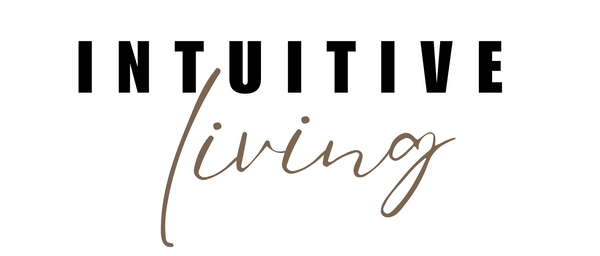
Intentional life design
Personal development is incredible, yet not every external circumstance needs to be “transcended” by looking inward. Sometimes, objective life changes are warranted - and anything else would be spiritual bypassing. This is where intentional life design comes in.
Intentional life design is the practice of consciously crafting how we live day to day. Rather than chasing mirages or waiting for some perfect future, we pause to ask: What do I truly value - and how can I integrate these values today?
What psychology teaches us
From psychology, we know that values-based living has profound benefits. Research in Acceptance and Commitment Therapy (ACT) shows that clarifying our core values provides a compass for action. When we orient our choices around what matters most to us, we build a sense of meaning that buffers against stress and uncertainty.
Likewise, self-determination theory suggests that human well-being depends on three core needs: autonomy (making active choices), competence (feeling effective), and relatedness (being connected to others). Intentional life design naturally attends to these needs by helping us step out of externally imposed scripts to design our days with these needs in mind.
Ancient wisdom on living with intention
Ancient traditions, too, have long spoken about intentional living, albeit from a deeper perspective. For instance, yoga philosophy teaches us about sankalpa - an intention that arises from the heart, rather than from fleeting desires. Unlike a goal, sankalpa is about aligning our lives with truth (whatever that means to us), moment by moment. In other words, it’s not about achieving more, but remembering who we already are. Similarly, Buddhism’s Eightfold Path emphasizes Right Intention: the commitment to act with compassion, wisdom, and integrity - not simply to achieve something down the line, but for the intrinsic sake of embodying our values - right here, right now.
“There is no path to happiness. Happiness is the path.” – Thich Nhat Hanh
This aligns well with stoic philosophy, which reminds us that - while we cannot control external events - we can always choose our response. Hence, designing life consciously - though it often does result in major life changes over time - is primarily about living intentionally within our circle of influence. This also provides the sense of autonomy and self-efficacy mentioned earlier.
Reflections for an intentional life
To make our everyday lives an expression of our values, we can ponder the following questions:
-
What really matters (to me/in life)? (aka What are my values?)
-
What roles do I like to fulfil (in various relational settings: from family to work to society at large)?
-
How can I express my values in these functions?
-
Are there other (leisure or self-care) activities that express or represent my values?
-
What would my day look like if I implemented these actions and roles?
From reflection to practice
Once clear on our values, we can integrate them into our daily routines. If creativity is central, perhaps weekends are reserved for art. If connection is a priority, we might commit to shared meals or becoming the person who sparks deeper conversations. Interestingly, enacting these external changes will inevitably require personal development. Whether by setting boundaries, taking initiative or becoming more vulnerable - there’s something that intentional life design requires us to do differently than we’ve done so far. This is important to remember: Even external change requires internal growth. This is what New Age calls manifestation - and it doesn’t occur unless we cause it.
“Small changes, consistently made, shape the trajectory of an entire life.” – James Clear (Atomic Habits)
Drawn to bigger transformation? Heck, you might want to change careers, move countries, break up with your partner or make other drastic changes to your lifestyle. While all of this is possible, realizing that you’re misaligned with your values in a fundamental way is confronting. Hence, it’s important to be kind to yourself and walk at a strategic pace - one that feels exciting and sustainable at once. After all, the danger isn’t in seeking eagerly, but in arriving cheaply. So notice when despair attracts you to quick fixes and re-center yourself in your values instead.
Slow and steady wins the race
I can relate to the desire to put everything on its head overnight. Ironically, this all-or-nothing thinking and perfectionism kept me stuck. To avoid getting paralyzed by idealism, I now remind myself that my desires don’t need to materialize in the exact grandiose way that I initially envisioned in order to be fulfilled. In fact, there’s a myriad of options - none of which require me to jump through impossible hoops - if only I let go of my narrow vision. Likewise, I encourage you to take small and imperfect action. You can always scale as you go - the important thing is to get going in the first place.
Keep iterating and remain flexible
Of course, intentional life design isn’t a one-time project. Life is dynamic, and so are we - including our values. Sometimes we need to recalibrate our lifestyles and routines to make sure they still align with our inner compass. In other words, intentional living is an ongoing process. On that note, perhaps the most important shift intentional life design evokes is living on purpose today, rather than waiting for tomorrow. Rather than postponing what you love, it’s possible to integrate what matters to you right now.
When we practice intentional life design, we are not waiting for life to begin. We are crafting it, here and now - grounded in reality, guided by our values, and sustained by our willingness to make the most of what we have.

